By the 1970’s, the 35mm single lens reflex had become the dominant camera among the public and professional photographers, in particular photojournalists, superseding rangefinder and twin lens reflex cameras. Because viewing and image taking were separated in the rangefinder and TLR designs, parallax distortion was created meaning that what a photographer saw was not exactly what the photographer captured on film. The SLR on the other hand enabled photographers to view their subject exactly as it would be caught on film, through the lens by way of a mirror and usually a pentaprism. That’s the technological crux of how SLRs ascended.
My focus here is not on the technology of SLRs. I am much more interested in the evolution of their style, particularly where that evolution is punctuated by beautiful and unusual design. I am not an SLR user (I shoot rangefinders, TLRs and view cameras), however I am a camera collector with an eye for the historically significant as well as the iconoclastic. With that said, here are the five SLRs that I’d most want to handle and own:
GOMZ Sport (1937)
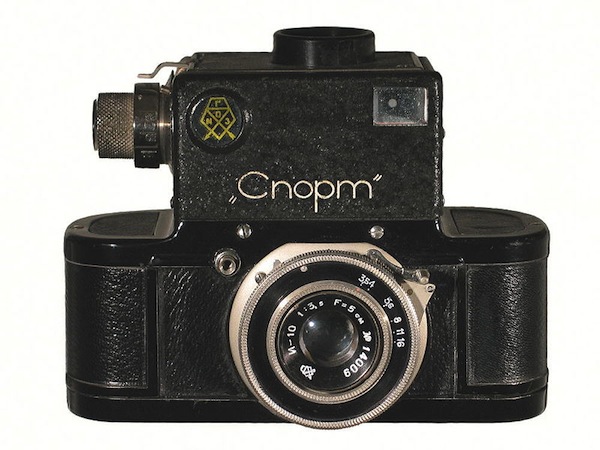
Produced by the State Optical-Mechanical factory in Leningrad (the ironic predecessor of LOMO, the producer of ‘toy’ cameras and namesake of the much-loved worldwide Lomography movement) the Sport is one of the two first 35mm SLRs ever made. Exacta introduced its Ihagee Kine a month earlier. A box containing the reflex viewing hood and an eye-level finder dominates the Sports’ beautiful architecture. This silhouette will not be seen again until Nikon’s F Photomic. Production of the Sport stopped in 1941 with the Siege of Leningrard.
Rectaflex Rotor (1952)
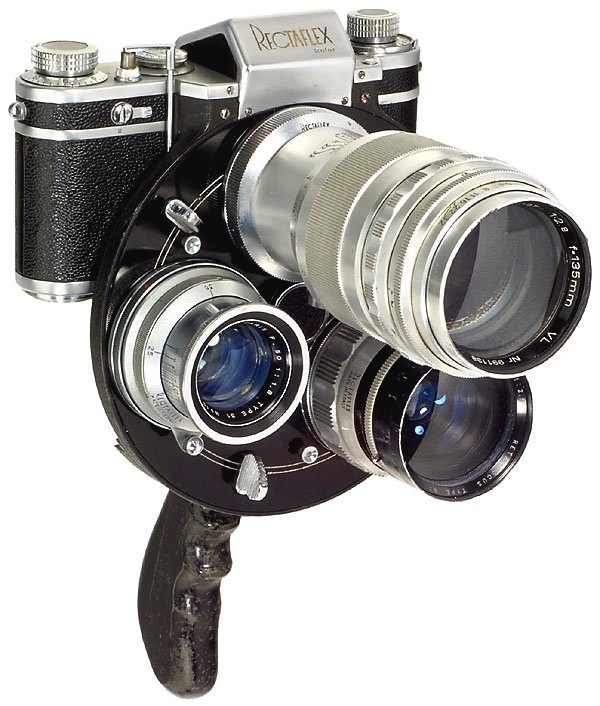
Rome is not a place we usually think of when discussing camera innovation. However, the Roman 1947 Rectaflex was the first SLR with a pentaprism (an accolade it shares with the Contax S). Five years later, Rectaflex introduced the Rotor. Equipped with a rotating three-lens turret and a pistol grip, this seems to me simultaneously the least wearable and most threatening looking camera ever made!
Alpa 10d (1968)
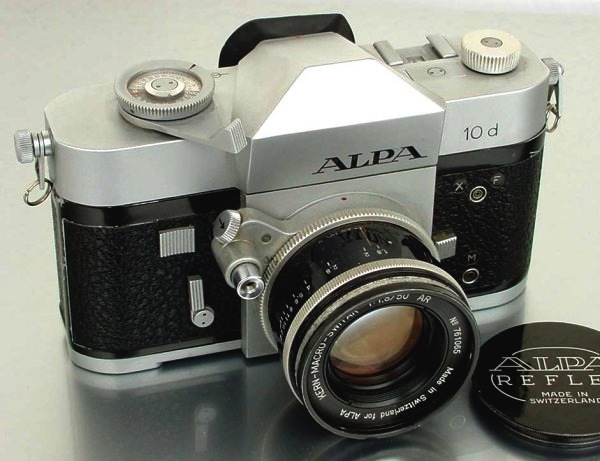
Pignons SA of Ballaigues, Switzerland made pinions, round gears, for Swiss watches. In the 1940’s they began building – by hand and expensively – cameras in order to hedge against downturns in the pinion business. The beautiful 10d had match-needle metering, a fast front-to-back film advance lever, a front mounted shutter release button and was equipped with on of the best standard lenses ever made, the Kern Macro Switar 50mm f1.8. The 10d also had a small rectangular gold plate beside the rewind knob on which the owner could engrave their monogram.
Nikon F Photomic FTn (1968)
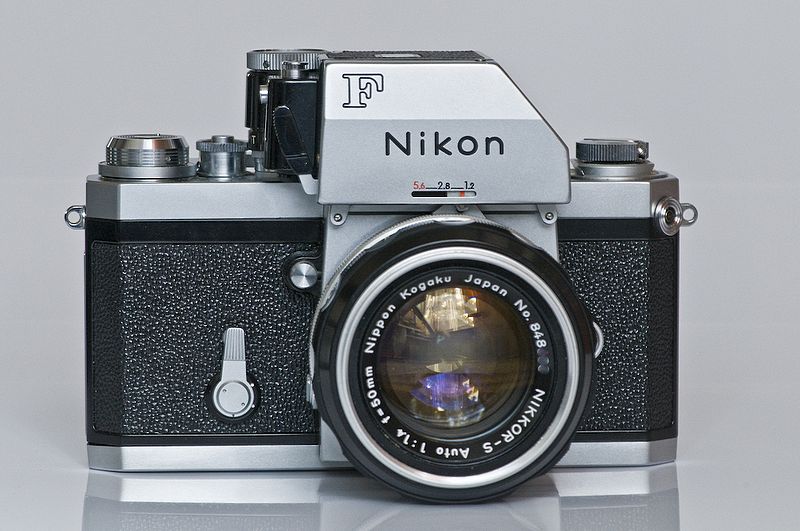
The Nikon F is the quintessential photojournalists camera and has probably been used to capture most newsworthy events of the 1960’s and ‘70’s. Upending Japan’s postwar reputation for cheap and shoddy production, the Nikon F was introduced at $329.50 and became famed for it’s literally bullet-stopping durability. The massive finder is what gives this camera its imposing appearance, not to mention its superior TTL center-weighted exposure metering capability.
Asahi Pentax 6×7 (1969)
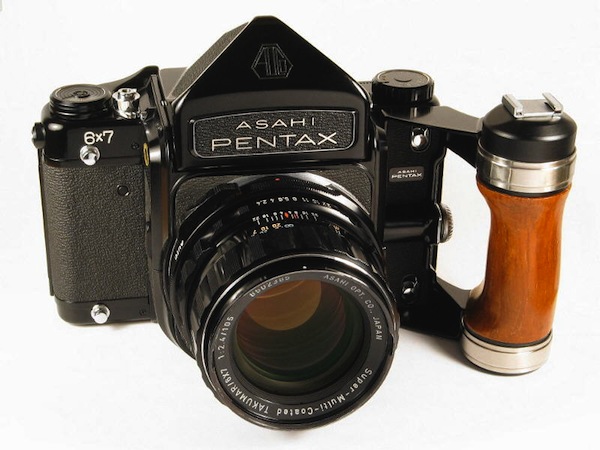
Unlike the first four cameras discussed, this is a medium format SLR. The Pentax 6×7 makes this list for what I consider to be the irresistible appeal of its sheer size (it weighs in at 5+ pounds and looks like it was built for a race of larger people), beautiful geometry and the unexpected but impossibly harmonious wooden accessory grip. If the Fujica GW690 is dubbed the ‘Texas Leica’, then I’d call this camera ‘Gulliver’s Nikon F’.
–
Ted Rybakowski is the founder of Dodge & Burn, NYC-based start-up company that develops products and art inspired by classic cameras and photography.
Leave a Reply